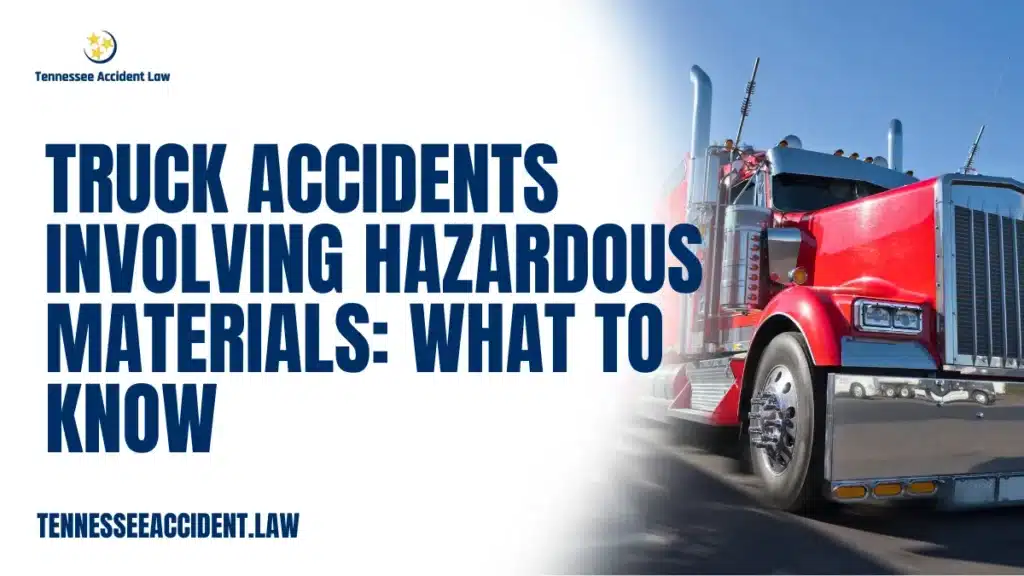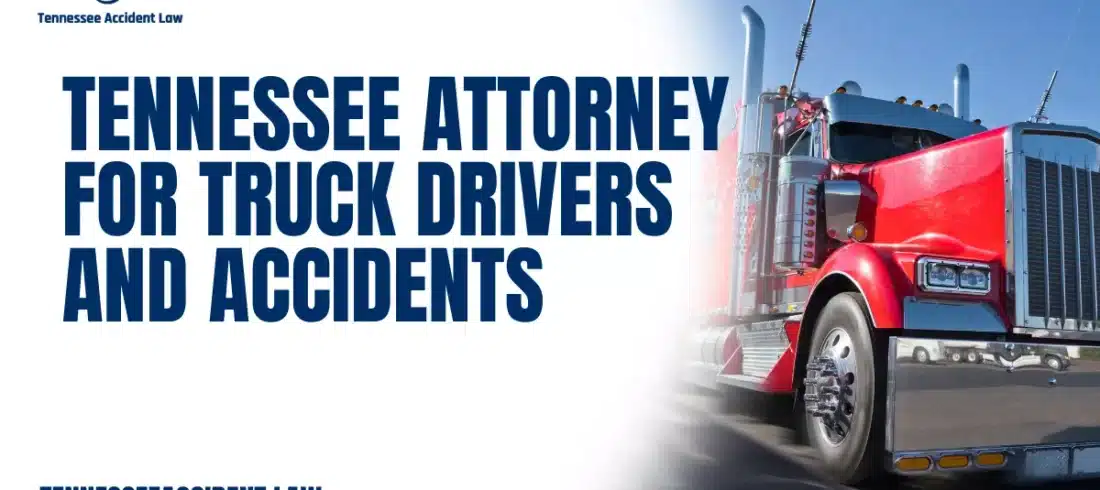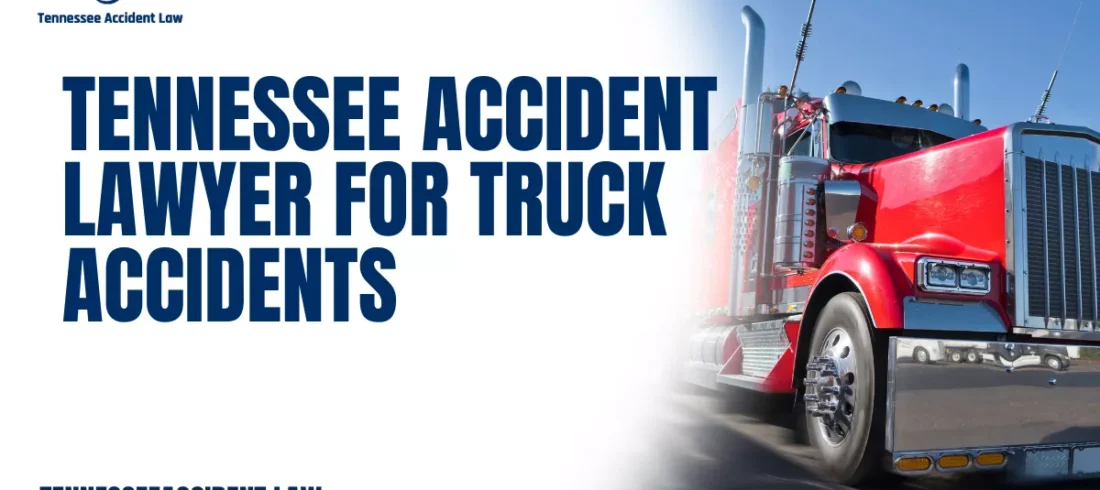
Hazardous material truck accidents pose one of the most severe threats on our roads today. These accidents involve trucks transporting dangerous substances—flammable liquids, toxic gases, corrosive chemicals, radioactive materials, and explosives—that can cause catastrophic injuries, widespread environmental damage, and long-term health risks. At Tennessee Accident Law, we specialize in representing victims of these complex and devastating accidents.
Call us now at 615-212-9866 to speak with an experienced attorney about your truck accident case.
Hazardous Material Truck Accidents
A hazardous material truck accident occurs when a commercial vehicle carrying dangerous cargo is involved in a collision, rollover, or spill. Unlike typical trucking accidents, these crashes can release toxic substances into the environment, causing injuries far beyond those immediately involved. Hazmat trucks operate under strict federal and state regulations to prevent such disasters, but negligence at any stage—from driver error to cargo handling—can have fatal consequences.
Common Causes of Hazardous Material Truck Accidents
Several factors frequently contribute to these dangerous crashes:
Driver Fatigue and Error
Long driving hours and pressure to meet deadlines increase the risk of fatigue, distraction, or impaired judgment. Any lapse can lead to loss of control, triggering hazardous spills or explosions.
Improper Loading and Securement
Hazardous materials require precise loading and securement to avoid leaks or shifts that compromise vehicle stability. Failure to follow proper protocols greatly increases accident risks.
Mechanical Failures
Brake malfunctions, tire blowouts, or steering failures on heavy trucks carrying hazardous cargo can cause devastating multi-vehicle crashes with chemical exposure.
Noncompliance with Hazmat Regulations
The U.S. Department of Transportation enforces rigorous rules regarding labeling, routing, driver training, and vehicle maintenance. Violations of these laws often point to negligence in legal claims.

Types of Hazardous Materials Involved
The nature of the materials involved influences accident severity and cleanup complexity:
- Flammable Liquids (e.g., gasoline, diesel) that can ignite and cause fires or explosions.
- Toxic Gases (e.g., chlorine, ammonia) posing inhalation hazards.
- Radioactive Materials used in medicine and industry with severe health effects if released.
- Corrosive Chemicals (e.g., sulfuric acid) causing burns and environmental damage.
- Explosives transported for construction or military use with high detonation risk.
Each material class demands specialized handling and emergency response.
Injuries and Health Risks
Victims of hazardous material truck accidents face injuries that go beyond physical trauma:
- Severe burns and blast injuries from fires and explosions.
- Respiratory damage due to inhaling toxic fumes.
- Long-term organ damage and cancer risk from chemical exposure.
- Psychological trauma related to evacuations and loss.
- Harm to bystanders and first responders who come into contact with hazardous substances.
Environmental Impact of Hazardous Material Truck Accidents
Beyond immediate human harm, these accidents cause significant environmental devastation:
Soil and Water Contamination
Hazardous chemicals that leak or spill can infiltrate soil and groundwater, poisoning ecosystems, drinking water supplies, and agricultural lands. These pollutants may require extensive and expensive remediation.
Air Pollution and Toxic Fumes
Volatile chemicals released into the air can create toxic clouds, endangering nearby residents and complicating emergency response with the need for evacuations and air quality monitoring.
Legal and Financial Consequences
Environmental damage often leads to investigations by agencies like the Environmental Protection Agency (EPA). Parties responsible for spills may face severe penalties and civil liabilities. Victims may recover damages not only for personal injury but also for property loss and environmental harm.
Determining Liability in Hazardous Material Truck Accidents
Liability is often multifaceted and may involve:
- Truck drivers for negligent operation or violation of safety rules.
- Trucking companies for inadequate vehicle maintenance or insufficient training.
- Cargo loaders responsible for improper packaging or securement.
- Manufacturers of defective truck parts or containers.
- Government entities if poor infrastructure or signage contributed to the accident.
At Tennessee Accident Law, we thoroughly investigate all potential responsible parties using expert witnesses and detailed data analysis to build strong cases for our clients.
Federal Regulations Governing Hazardous Material Transport
Hazardous materials transportation is governed primarily by the U.S. DOT under:
- 49 CFR Parts 100-185, outlining classification, packaging, labeling, and placarding.
- Mandated training programs for drivers and handlers, renewed every three years.
- Specific routing restrictions designed to minimize risks to populated or sensitive areas.
Violation of these regulations is often a critical element of establishing negligence in court.
Steps to Take After a Hazardous Material Truck Accident
If you experience or witness a hazardous material truck accident, take immediate action:
- Seek Medical Attention even if symptoms seem minor.
- Avoid Exposure by moving away from the accident scene.
- Document the Scene with photos, videos, and witness statements.
- Do Not Sign Documents or Accept Early Settlements without legal counsel.
- Contact Tennessee Accident Law for a professional legal evaluation.
Why Choose Tennessee Accident Law?
With over 20 years of experience handling complex trucking and hazardous material cases, Tennessee Accident Law offers aggressive, dedicated representation. We provide:
- Comprehensive case investigation with top experts.
- No fees unless we win your case.
- Support for medical expenses, lost income, and emotional damages.
- A track record of winning substantial settlements against large trucking companies and insurers.
Your future deserves skilled legal advocacy—start by completing our free case evaluation form or calling 615-212-9866 today.
Environmental Impact of Hazardous Material Truck Accidents
Beyond the immediate dangers to human health, hazardous material truck accidents can cause significant and long-lasting damage to the environment. When toxic substances spill or leak during an accident, they can contaminate soil, groundwater, rivers, and ecosystems, leading to widespread ecological harm that may take years or even decades to remediate.
Soil and Water Contamination
Many hazardous materials, such as heavy metals, solvents, and chemicals, seep into the ground following a spill, polluting the soil and threatening agricultural lands. Contaminated soil can destroy vegetation and wildlife habitats, while chemicals that enter waterways can poison fish, aquatic plants, and the drinking water supply for surrounding communities. This contamination often leads to costly cleanup operations overseen by environmental agencies.
Air Pollution and Toxic Fumes
Certain substances released during a hazmat truck accident, especially flammable liquids and gases, can evaporate into the atmosphere, creating toxic fumes. These airborne pollutants pose immediate risks to nearby residents and first responders, potentially causing respiratory problems, chemical burns, and other acute health effects. In severe cases, chemical clouds can drift over large areas, forcing evacuations and emergency response efforts.
Legal and Financial Consequences
The environmental damage caused by hazardous material spills often triggers investigations by agencies such as the Environmental Protection Agency (EPA). Responsible parties, including trucking companies and cargo owners, can face hefty fines, mandated cleanup costs, and civil lawsuits. Victims of environmental damage may be entitled to compensation not only for personal injuries but also for property damage and loss of livelihood.
At Tennessee Accident Law, we understand the broad scope of harm that can result from hazardous material truck accidents—from personal injury to environmental devastation. Our legal team works closely with environmental experts to hold negligent parties accountable for all damages, ensuring comprehensive justice for our clients and affected communities.

Protecting Your Rights and Your Community
Hazardous material truck accidents are uniquely dangerous and legally challenging. The injuries and environmental consequences can be life-altering. Effective legal representation requires deep knowledge of hazmat laws, accident reconstruction, and environmental impact.
At Tennessee Accident Law, we stand ready to fight for justice on your behalf. If you have been injured or affected by a hazardous material truck accident, contact us immediately for expert legal guidance and powerful advocacy.
Sources
- Federal Motor Carrier Safety Administration (FMCSA) – Hazardous Materials Regulations
Detailed federal guidelines governing safe hazmat transport.
https://www.fmcsa.dot.gov/regulations/hazardous-materials - Pipeline and Hazardous Materials Safety Administration (PHMSA) – Emergency Response Guidebook
Essential resource for first responders and public safety in hazmat incidents.
https://www.phmsa.dot.gov - National Transportation Safety Board (NTSB) – Accident Reports and Analysis
Comprehensive investigations into hazardous material accidents nationwide.
https://www.ntsb.gov/investigations/AccidentReports/Pages/highway.aspx


